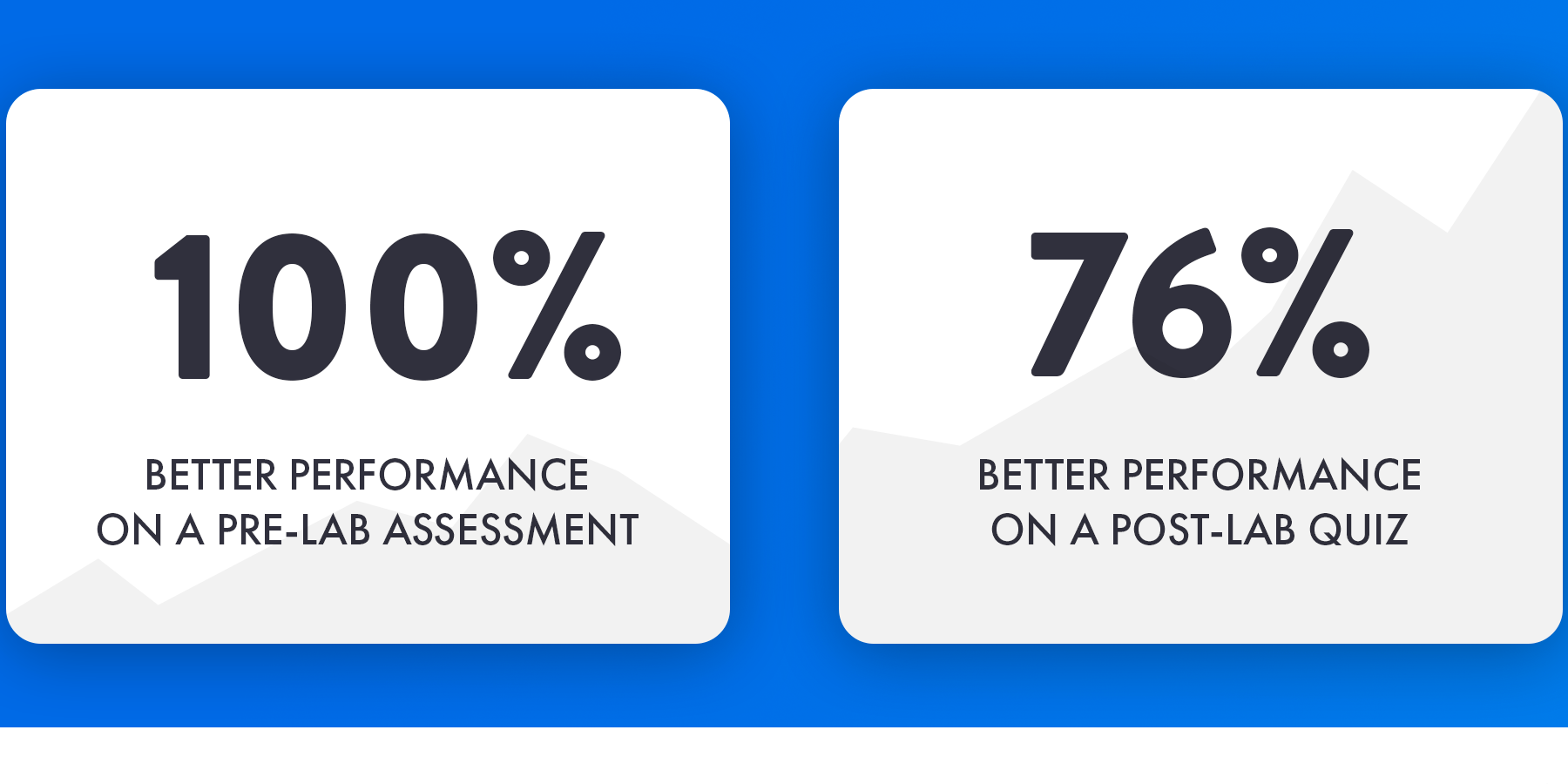Science is hard. It involves complicated concepts, intricate experiments, and advanced equipment. And our traditional textbook-based, lecture-centric teaching methods are demonstrably outdated.
A well-known 2013 U.S. Department of Education report showed that some 50% of U.S.-based STEM students didn’t finish degrees in their respective fields. Roughly half switched their majors to non-STEM subjects, while the rest left college without any degree or certificate at all.
And so, we may assume that, year after year, many promising young people abandon their STEM programs and potential careers.
Science’s High Demands
We can take steps to stop this loss of STEM talent. One way is to update our teaching methods so they reflect how today's students actually learn. Freshmen who are now entering college grew up with the internet, and many students identify as visual learners. As a result, online videos are a natural fit for them.
I know video-enabled teaching and learning actually works — JoVE’s own content, including our Science Education library and JoVE Core Bio, dramatically improves STEM students’ performance and lab confidence.
Proven STEM Remedy
In 2017, we conducted independent IRB-approved studies at Clemson University and DeSales University, where hundreds of students used JoVE Science Education videos. The results were consistent across the Clemson freshman (non-majors) biology students and the DeSales (pre-med) students taking molecular biology.
At DeSales, the students learned plasmid purification techniques. The test group viewed demonstrations of the plasmid experiment before attending the actual lab. The control group, on the other hand, studied with a traditional text-based description of the same experiment, again prior to the lab. The video-prepped students performed:
- 100% better than the control group on a pre-lab assessment
- 76% higher than the control group on a post-lab quiz
Students also learned SDS PAGE protocol — a very common laboratory method for separating proteins by size. Those who watched JoVE videos said they boosted their confidence with the material. More specifically:
- 89% felt more confident in the lab
- 92% better understood how to conduct the lab
- 96% said videos enabled better comprehension of the core scientific concepts
JoVE Transforms Chemistry Classroom
More recently, independent investigators at University of California, Los Angeles, studied JoVE’s impact on the undergraduate general chemistry classroom. The research team (from the UCLA Department of Chemistry & Biochemistry and UCLA Center for The Advancement of Teaching) published its findings in the Journal of Chemical Education.
As part of its research, the UCLA team investigated two sets of students in 2018 (324 students in a spring quarter class and 177 in a winter quarter class). As the article states, JoVE videos “improved student learning and reinforced conceptual understanding for important foundational concepts.”
The students used JoVE’s Science Education Chemistry series, focusing on four key areas:
- Enthalpy
- Entropy
- Rate laws
- Le Chatelier’s principle
In each case, more than half found that JoVE videos simplified concept mastery. This proves that supplementing face-to-face instruction with videos provides a major boost in comprehension for students learning science.
I believe JoVE’s state-of-the-art research and educational tools can also help educational institutions meet the challenging demands of their diverse student body — control costs, provide students with a first-rate education, and empower the next generation of scientific breakthroughs.
The video teaching format is here to stay and grow. It can help prevent the loss of talent now and into the future.
Editor's note: this article cites information from a previous JoVE-authored piece published in Research Information magazine.

